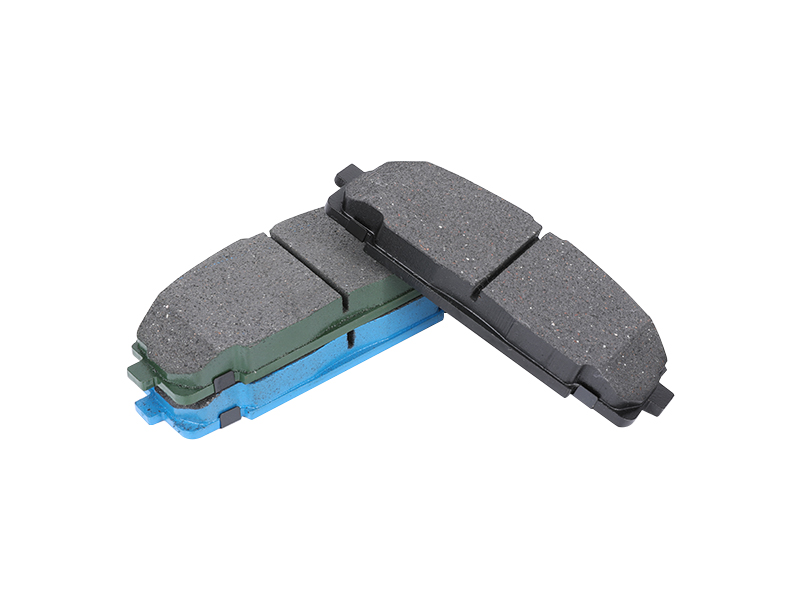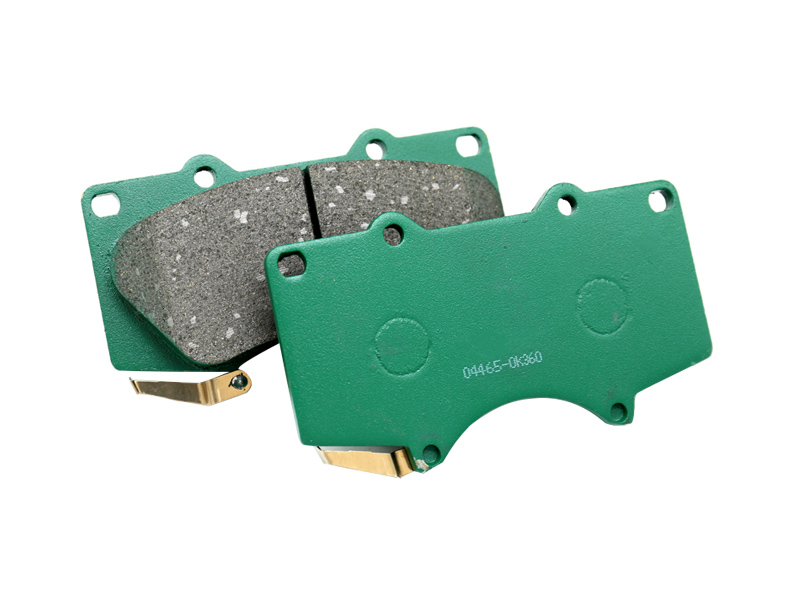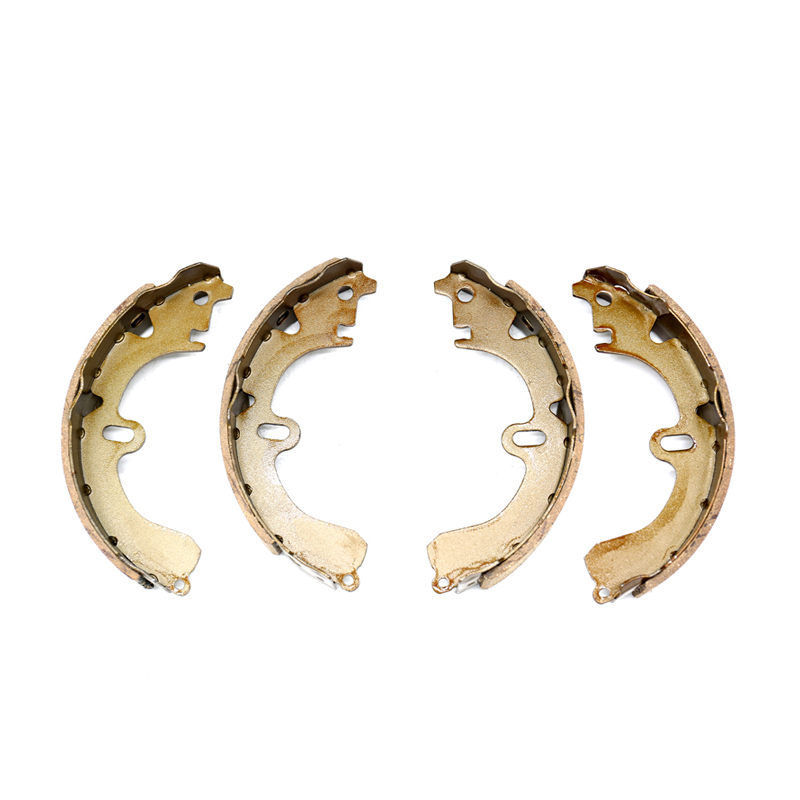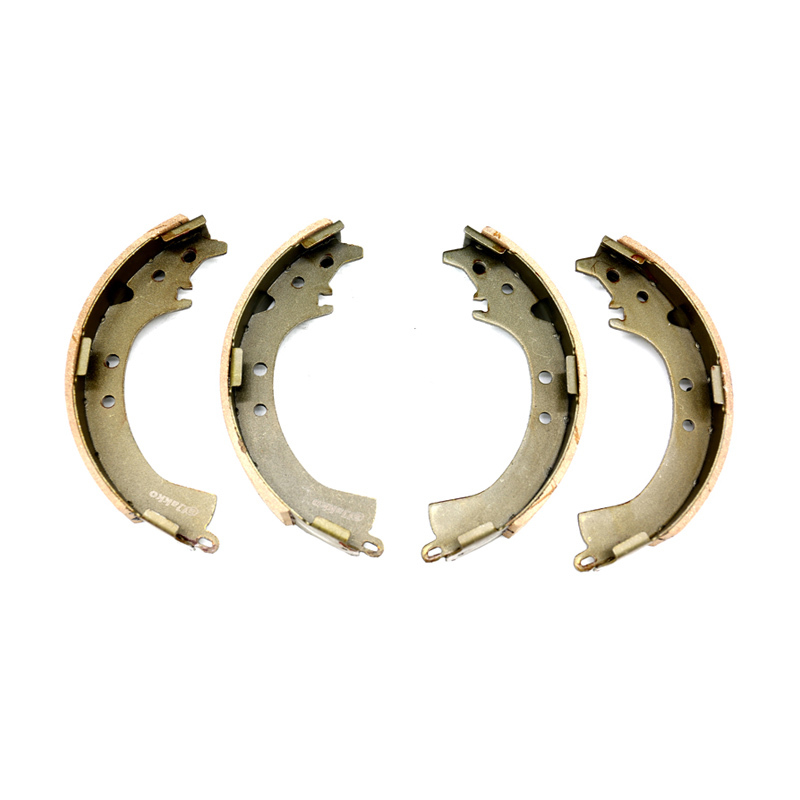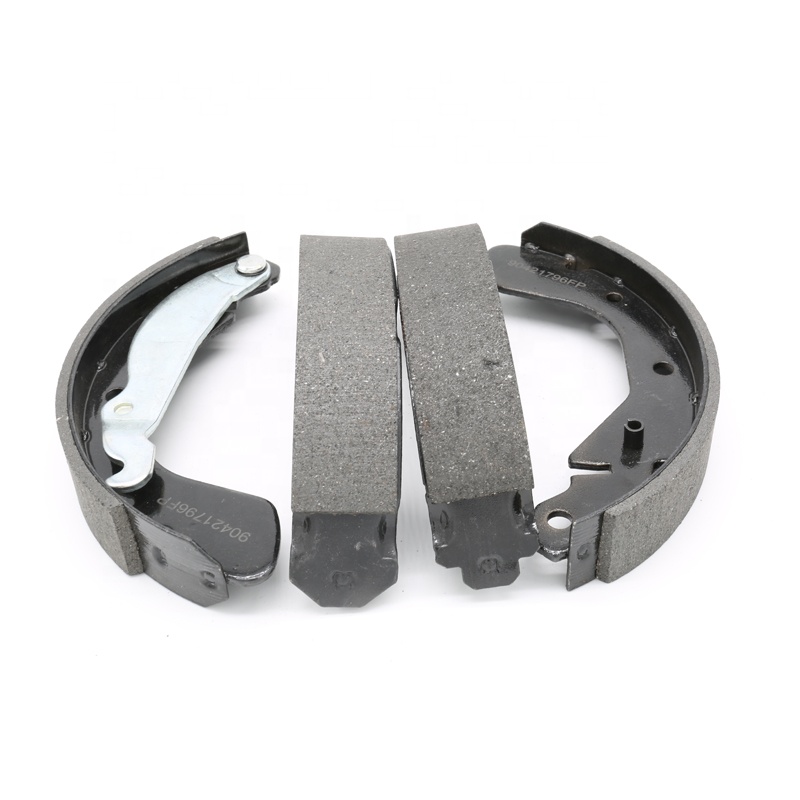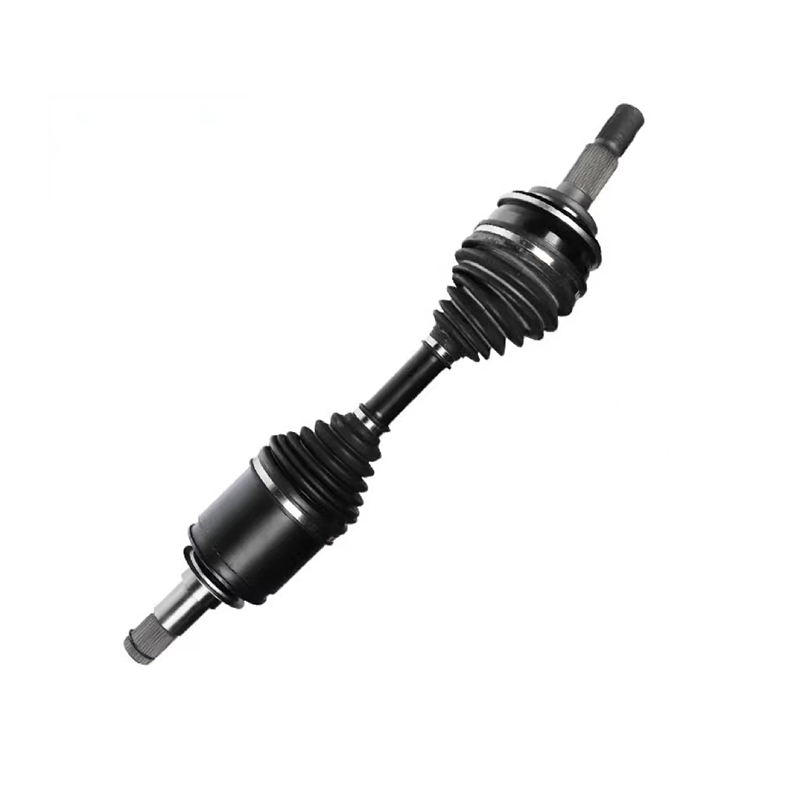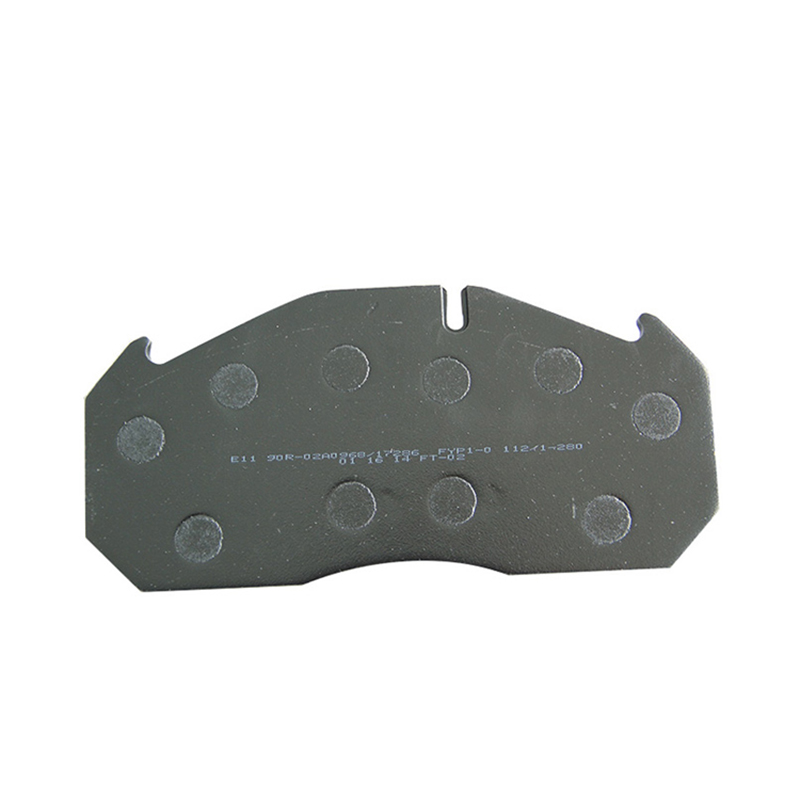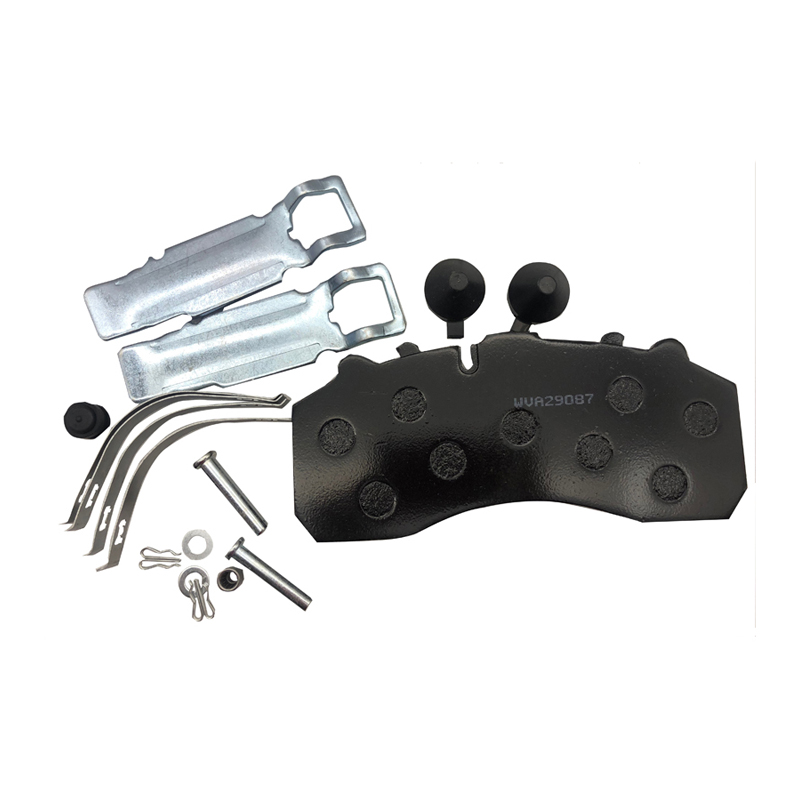Shock Absorbers are a critical safety component that minimizes jolting and keeps tires in contact with the road. Whether youre a truck driver on a rough country road or a nine second drag racer in the weeds, good shock absorbers keep you and your car safe and sound.
Shock absorbers limit suspension movement and damp spring oscillations by converting kinetic energy into heat through the valving of oil and gas. This helps eliminate performance fade and maintain vehicle control.
Function

Shock absorbers help to control wheel oscillation and dampen spring movements. This improves road holding and vehicle handling. They also prevent the sudden shift of weights during braking and reduce premature tyre wear.
A shock absorber works by creating a force in the opposite direction to movement, preventing continuous oscillation of the suspension system. This is accomplished by displacing oil inside the shock absorber. As the piston lengthens or shortens, this creates a flow of fluid, which encounters resistance and generates a force in the opposite direction to the motion of the shock absorber.
Shock absorbers can be either mono-tube or twin-tube. Mono-tube shocks are usually made of steel, while twin-tube shocks are typically made from aluminium. Some shock absorbers are designed to be tunable, and they can be adjusted to meet the needs of the driver and driving conditions. These shocks are often referred to as performance shocks. They have improved seals and valves, and they offer a higher load capacity.
Design
Shock absorbers reduce the force on the wheels and frame of your car during driving over rough roads. They also maintain the contact between tires and road for better safety, comfort and performance.
The shock absorber consists of a piston rod that moves inside the pressure tube. An upper mount and a seal keep the piston rod in line with the pressure tube. At the top is a reservoir for storing excess fluid. Alternatively, the piston rod can be filled with air rather than hydraulic oil to reduce foaming. These are called oleo struts.
The shock absorber converts suspension movement into heat by forcing fluid through restrictive valves as the piston compresses (bump stroke) and extends (rebound stroke). Many modern shock absorbers are gas-charged to reduce foaming during compression and have a floating piston that separates the oil from the gas to eliminate performance fade under demanding driving conditions.
Materials
Various materials are used in shock absorbers, depending on the type of application and its specifications. Some examples include polymers, metals and urethane. These are designed to absorb vibrations and impact energy by converting it into heat, dispersing it or changing its frequency.
Shock absorbers are important for reducing damage to equipment, machines and the human body from mechanical shocks such as sudden drops or impacts. These shocks can cause fractures, mechanical failure and even personal injury.
To reduce this, shock absorbers are typically made from a type of foam that provides cushioning and disperses energy when it is compressed. Styrofoam packing peanuts are a good example of this and can be used in science experiments to test the ability of an object to resist impacts. Gelatin is also an excellent material for absorbing impact energy, as it can be stretched and reshaped after an impact. Shear thickening fluids, which exhibit non-Newtonian behavior, are another good choice for this purpose as they exhibit higher shear viscosity when subjected to dynamic deformation.
Testing
The shock absorbers used in vehicles have a limited life span depending on the kind of driving conditions it experiences. Heavy-duty shock absorbers are designed for more severe conditions as compared to light-duty ones. Observing the shock absorbers for signs of deterioration is important as it helps in avoiding the hassles and expense of replacing it.
In the testing procedure, a drop hammer was used to deflect the shock absorber’s piston rod and measure its height of rebound. A camera that records at a high rate of 960 fps was used to record the test results. The recordings were then caged for analysis.
Another way to check the status of a shock or strut is to observe how your car drives and look for any symptom of poor performance such as a shaky ride. Observing the mounting points of your shock or strut for any movement and noise can help you decide on when to go to a mechanic to replace it.

